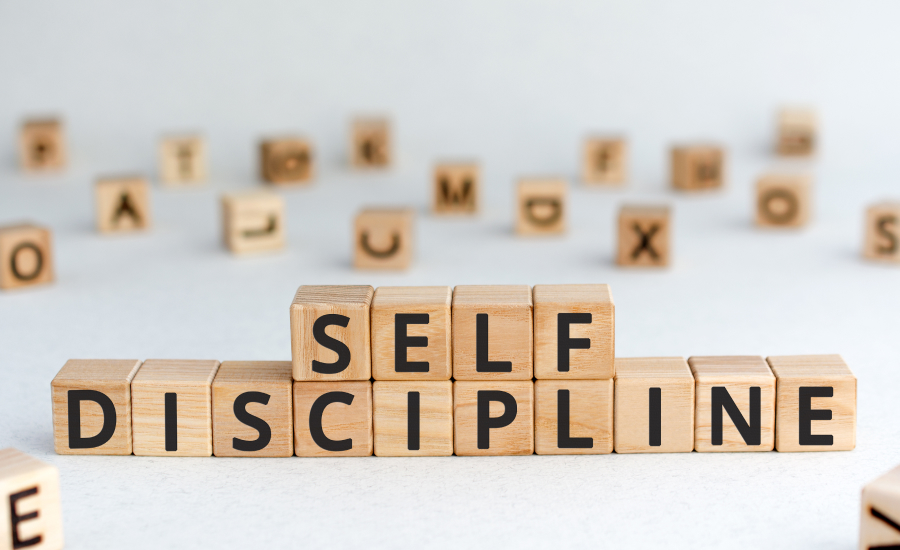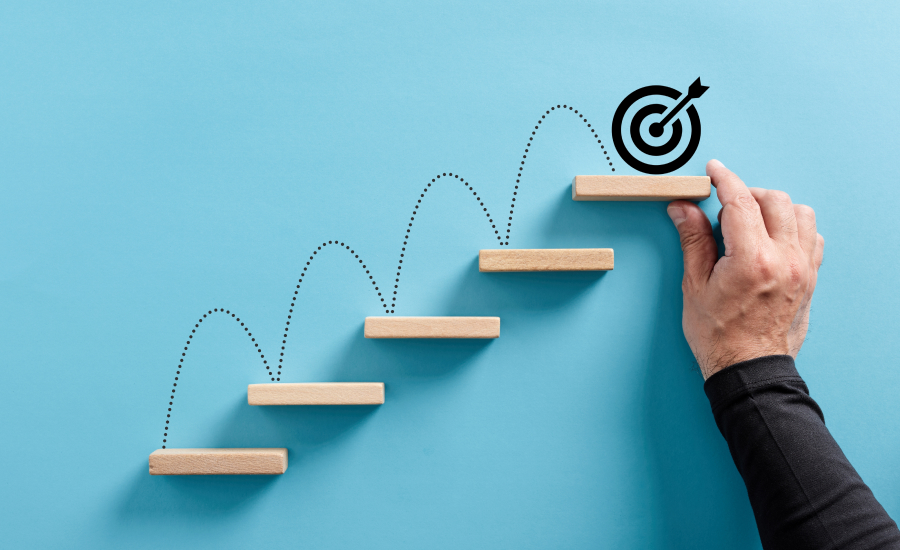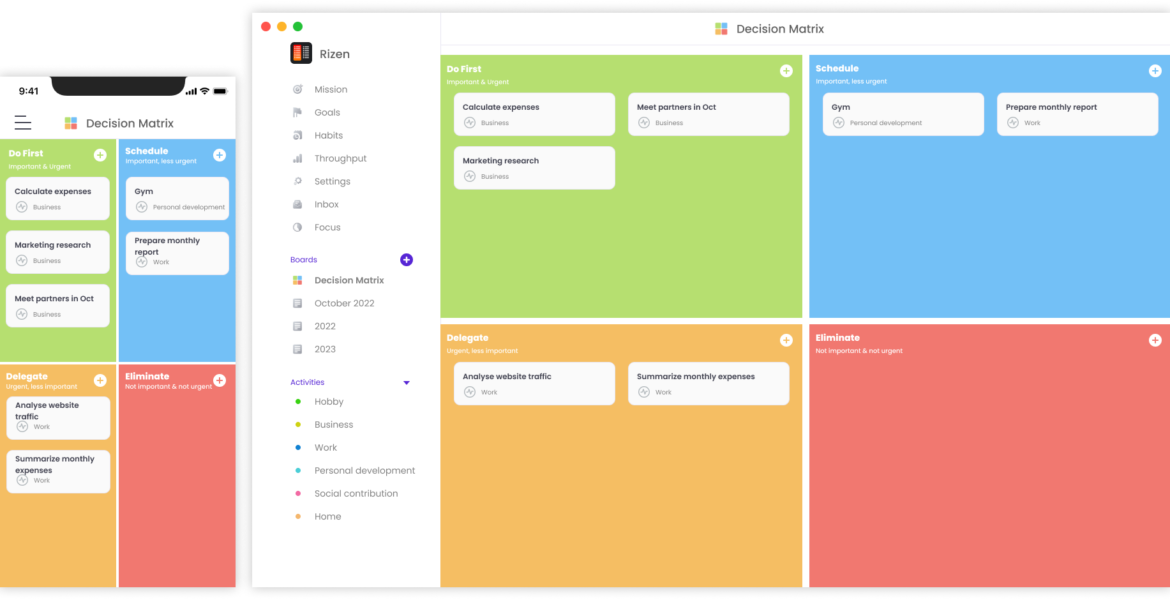Asking questions is one of the most important tools in life. It allows us to gain new perspectives, think critically, and engage in reflective dialogue. By learning how to ask the right questions, we can unlock a world of possibilities and opportunities.
I. Introduction
A. Definition of Asking Questions
At its most basic level, asking questions is simply a way to obtain information. But it can be much more powerful than that. Asking questions can help us to explore our own thoughts, develop new perspectives on a given topic, understand the opinions of others, and even challenge our preconceived notions.
B. Benefits of Asking Questions
The benefits of thoughtful inquiry are numerous. Asking questions can help us to become more knowledgeable, develop better problem-solving skills, and become more open minded. Additionally, it can help us to build better relationships, communicate more effectively, and develop a deeper understanding of the world around us.
II. The Power of Asking Questions
A. Developing Critical Thinking Skills
Asking questions allows us to think more critically. By questioning the status quo and exploring alternative points of view, we can gain a greater understanding of the world around us and make more informed decisions. Additionally, asking questions can help us to develop our own ideas and arguments.
B. Being Curious
Asking questions can also help us to become more curious. By seeking out new information and challenging our current beliefs, we can open our minds to new possibilities and develop a better understanding of the world around us. Additionally, engaging in thoughtful inquiry can help us to become more open to different perspectives and ideas.
C. Engaging in Reflective Dialogue
Asking questions also allows us to engage in reflective dialogue. By listening to the answers of others and considering different points of view, we can gain a deeper understanding of a particular topic or situation. Additionally, engaging in reflective dialogue can help us to develop empathy and better appreciate the opinions of others.








